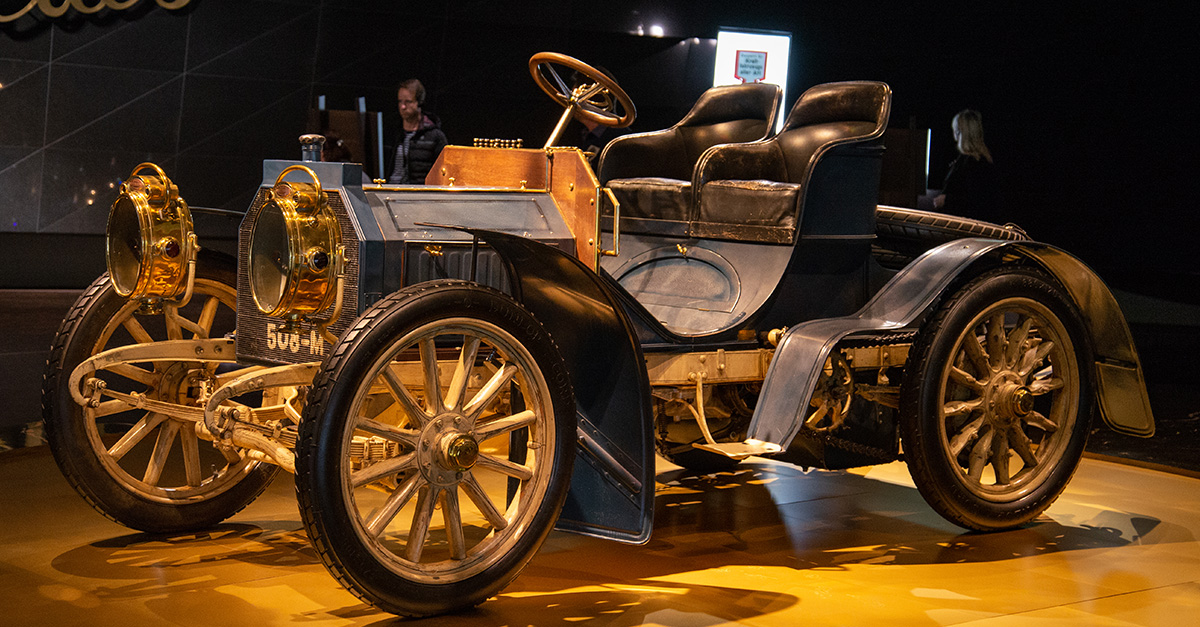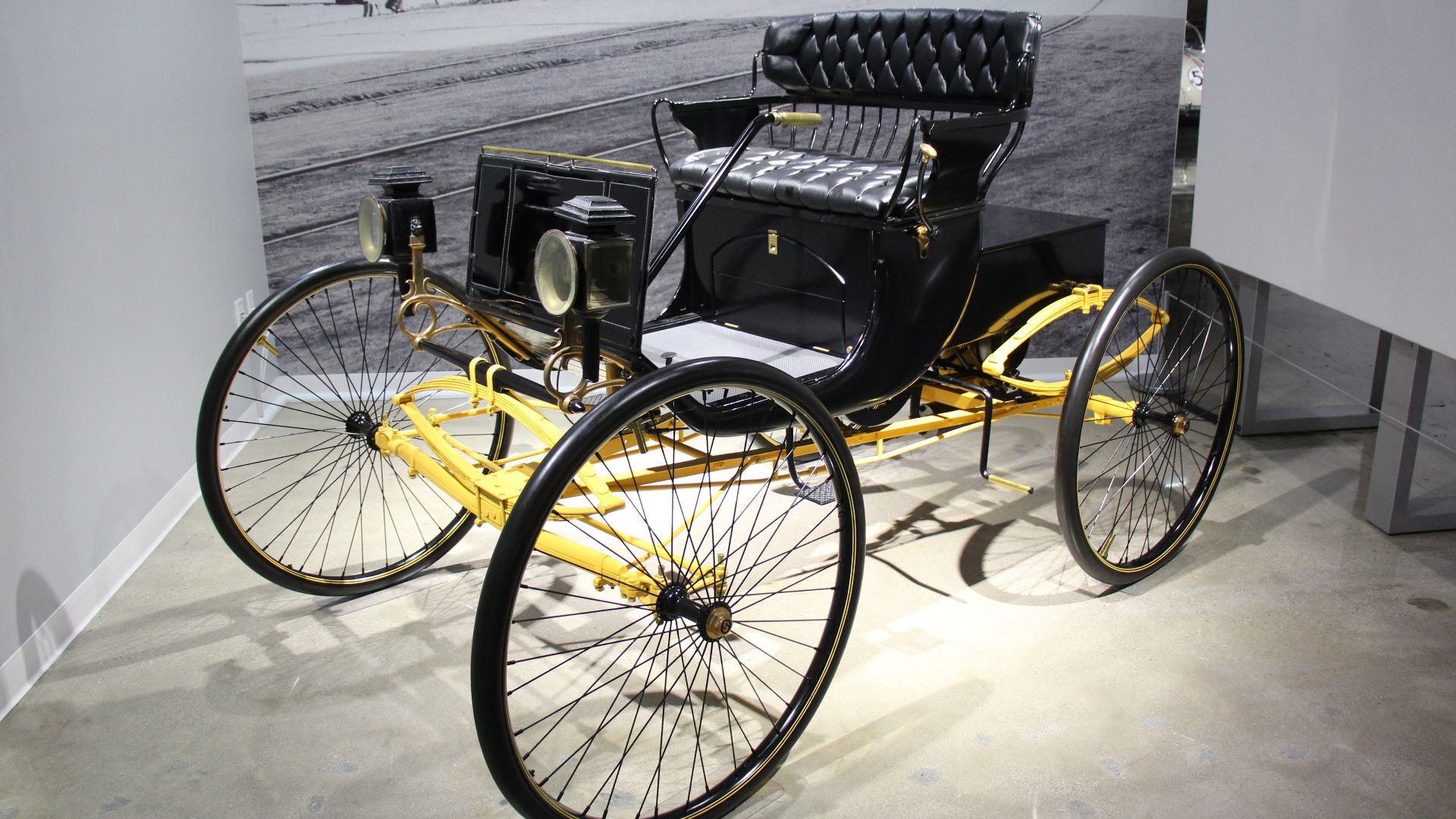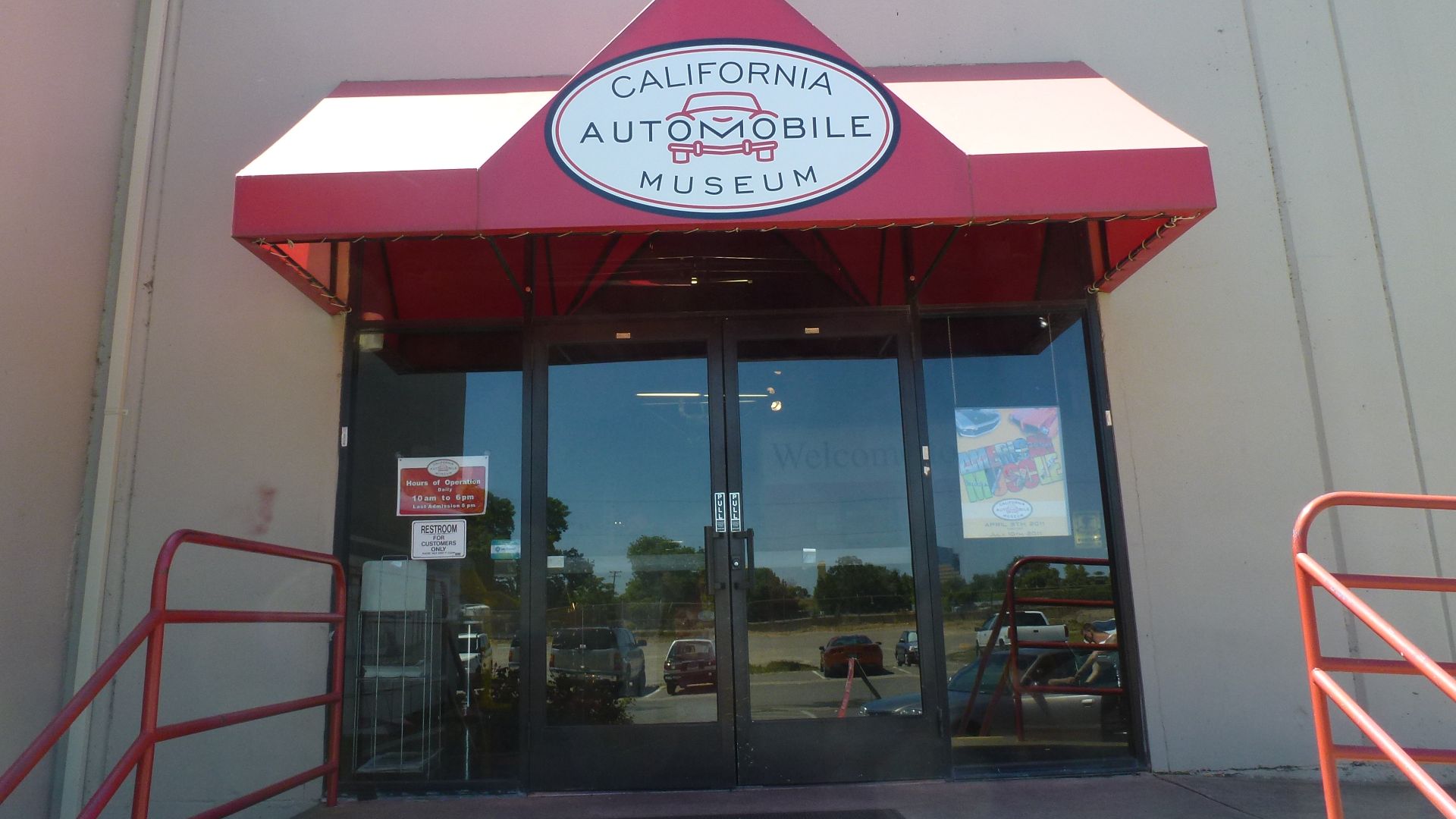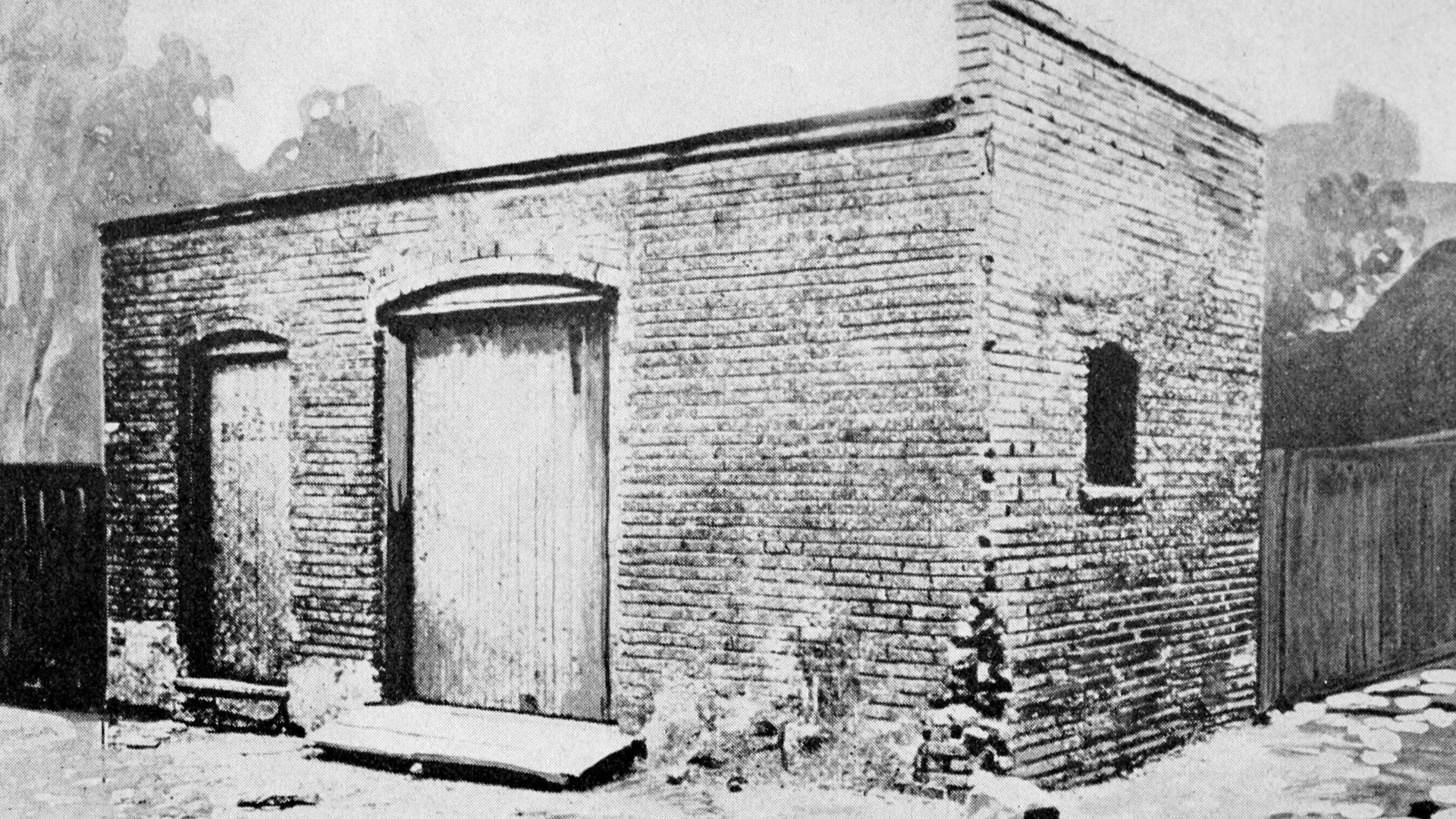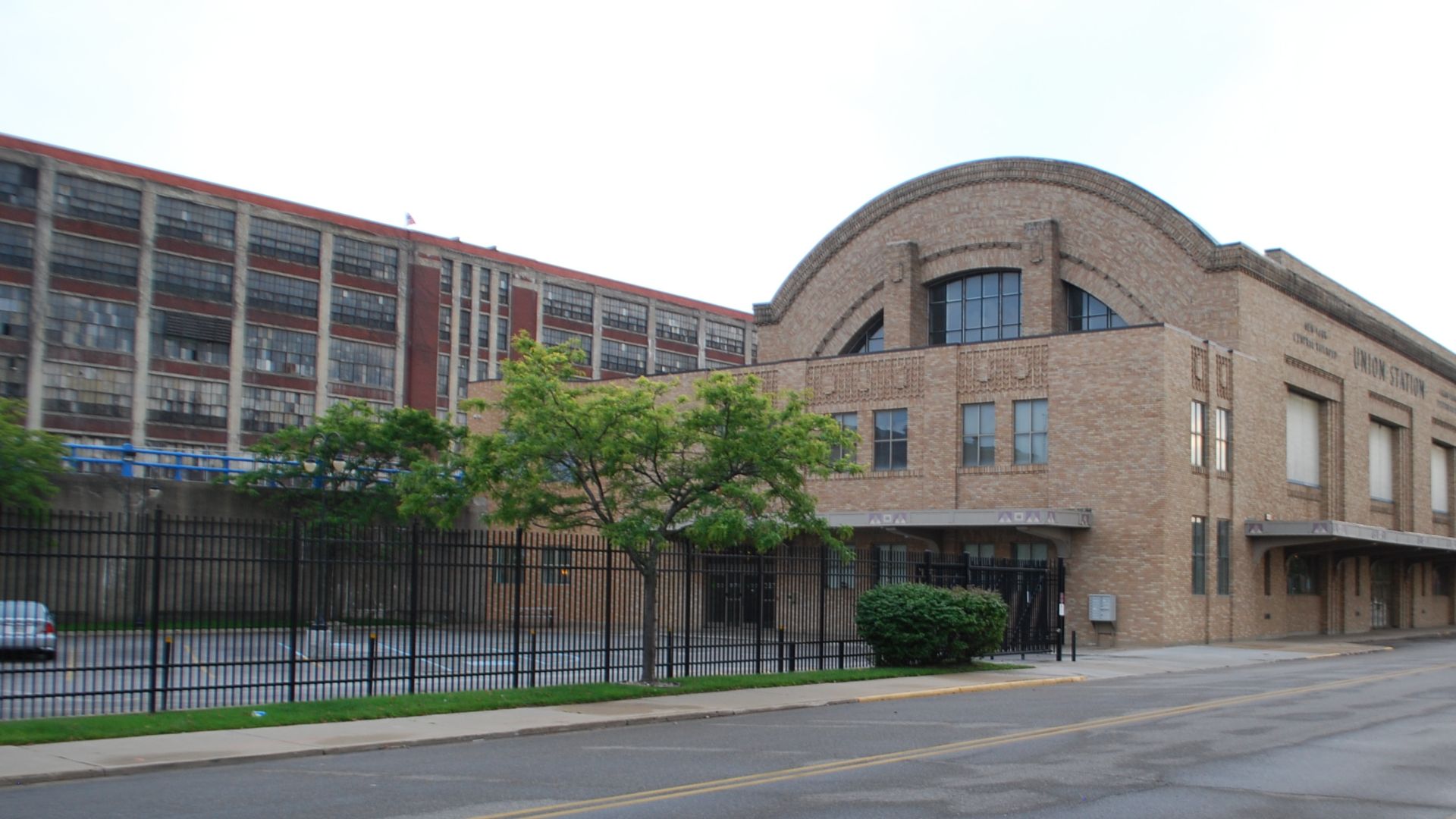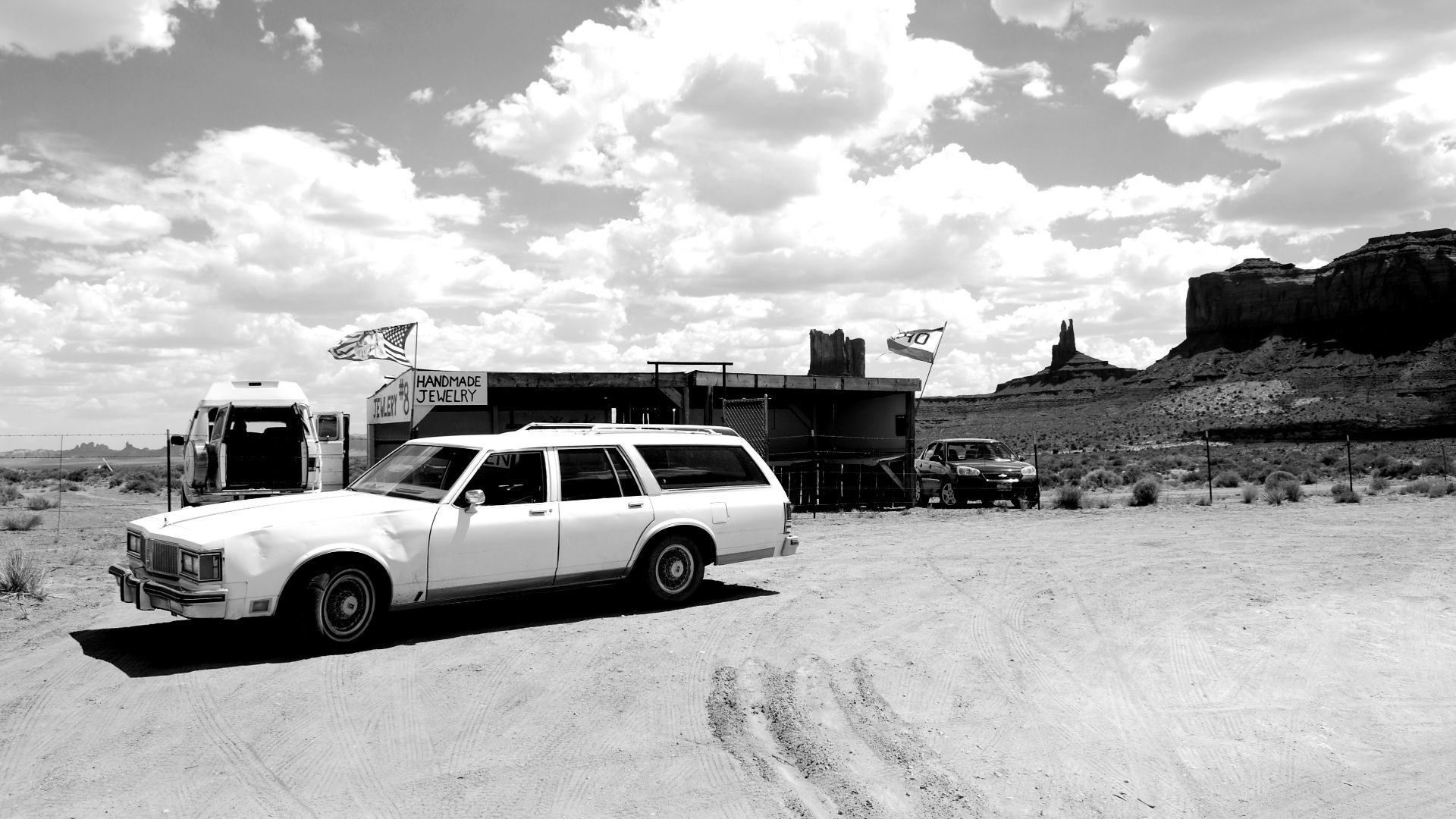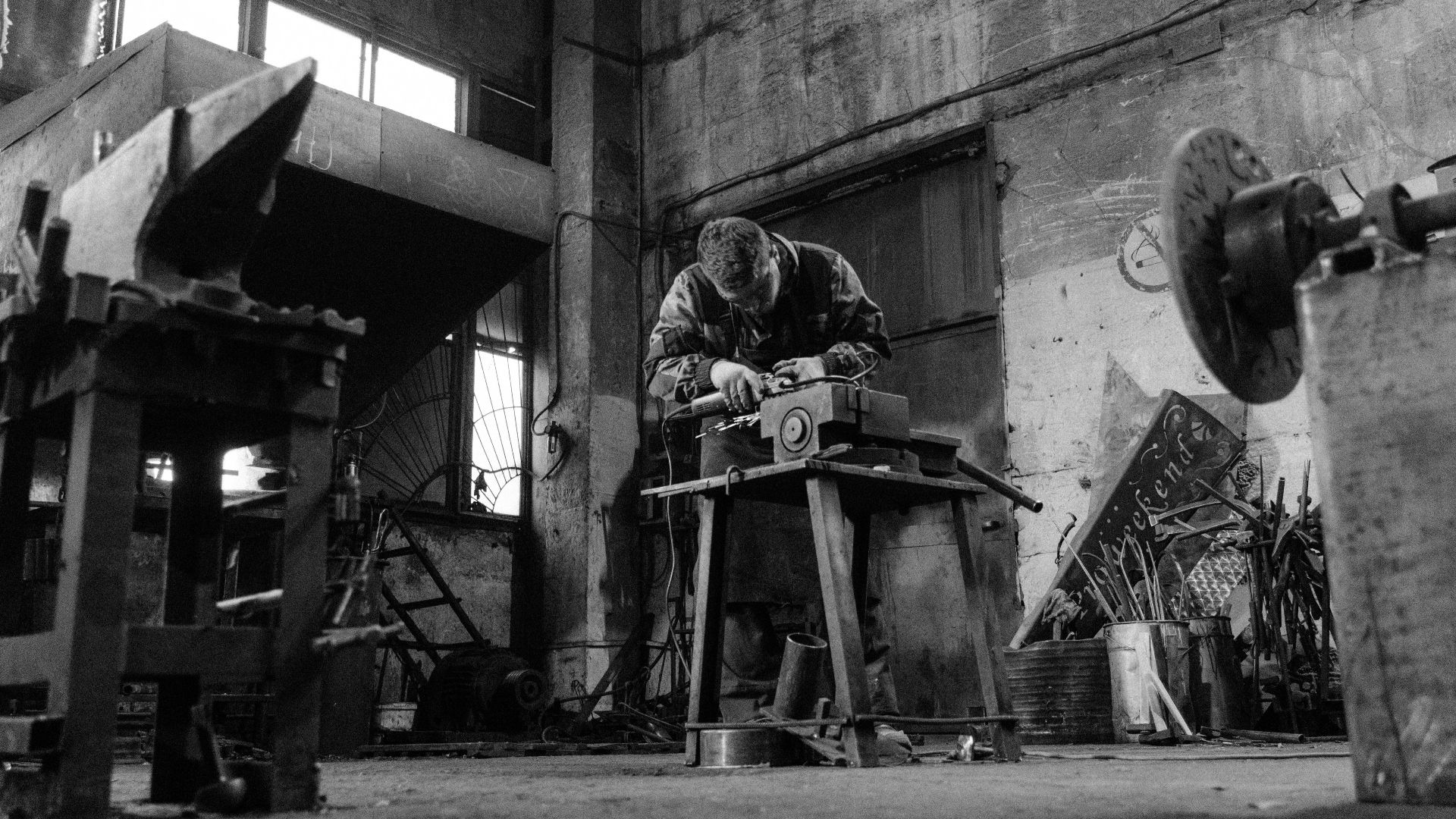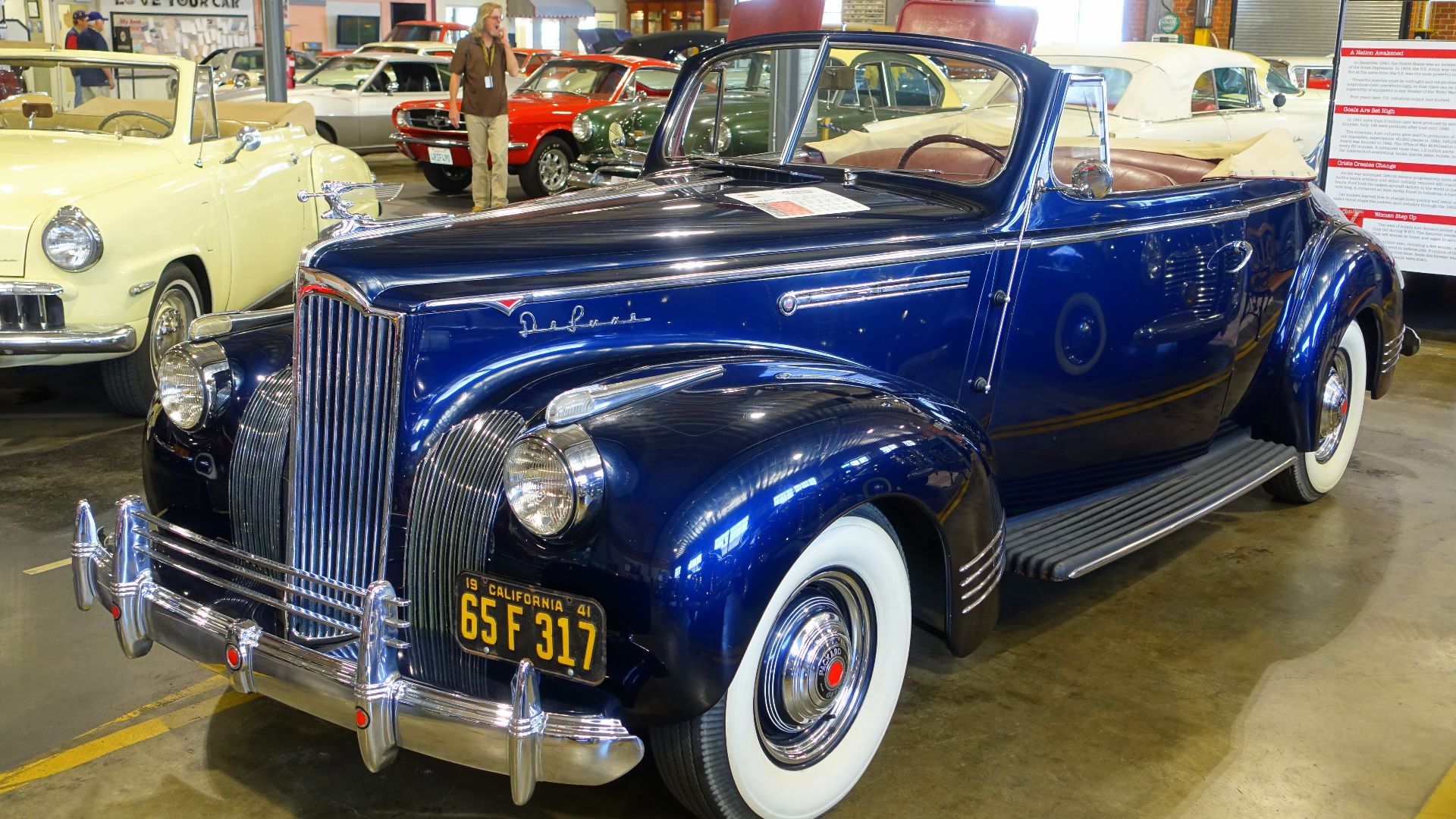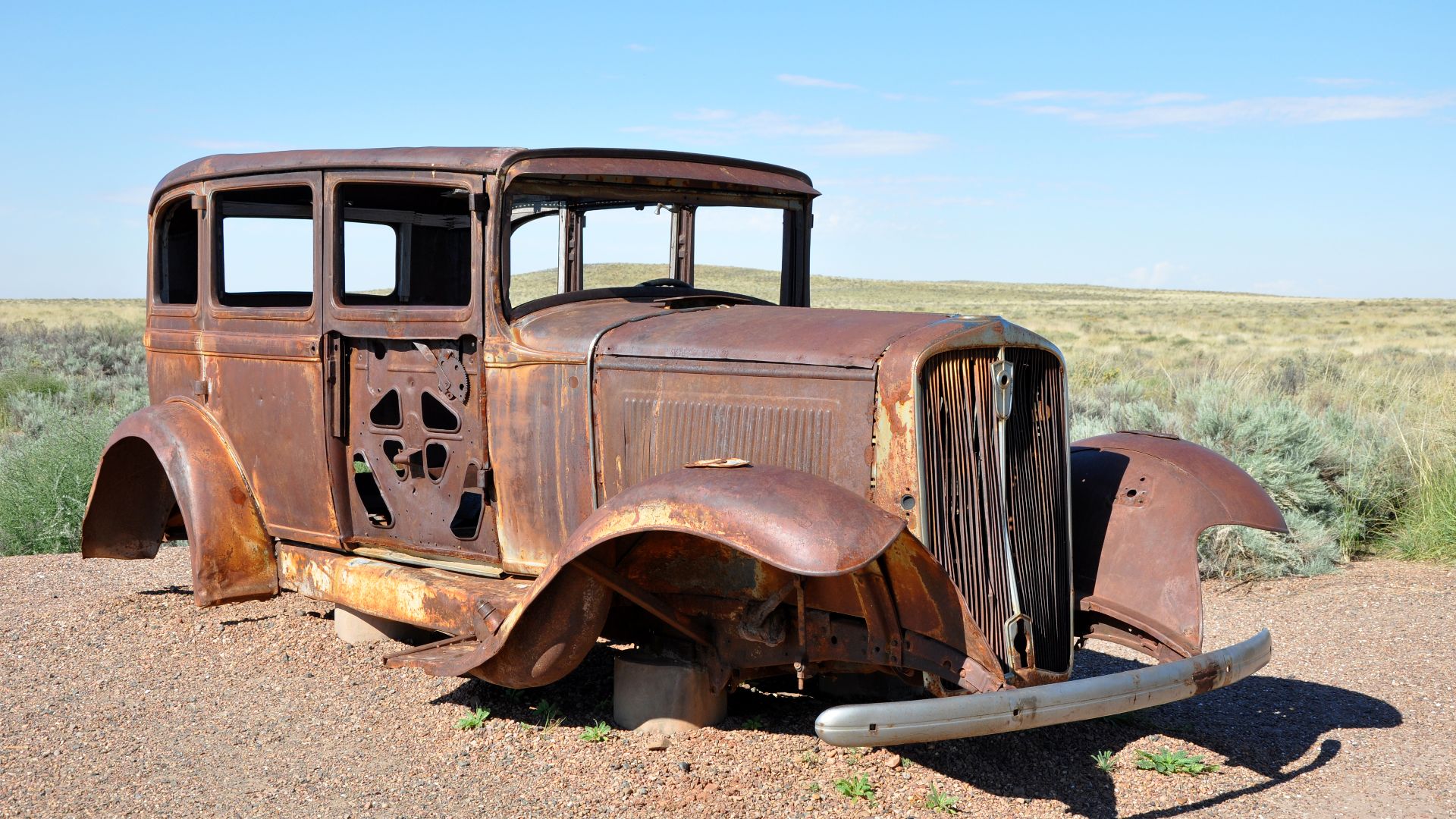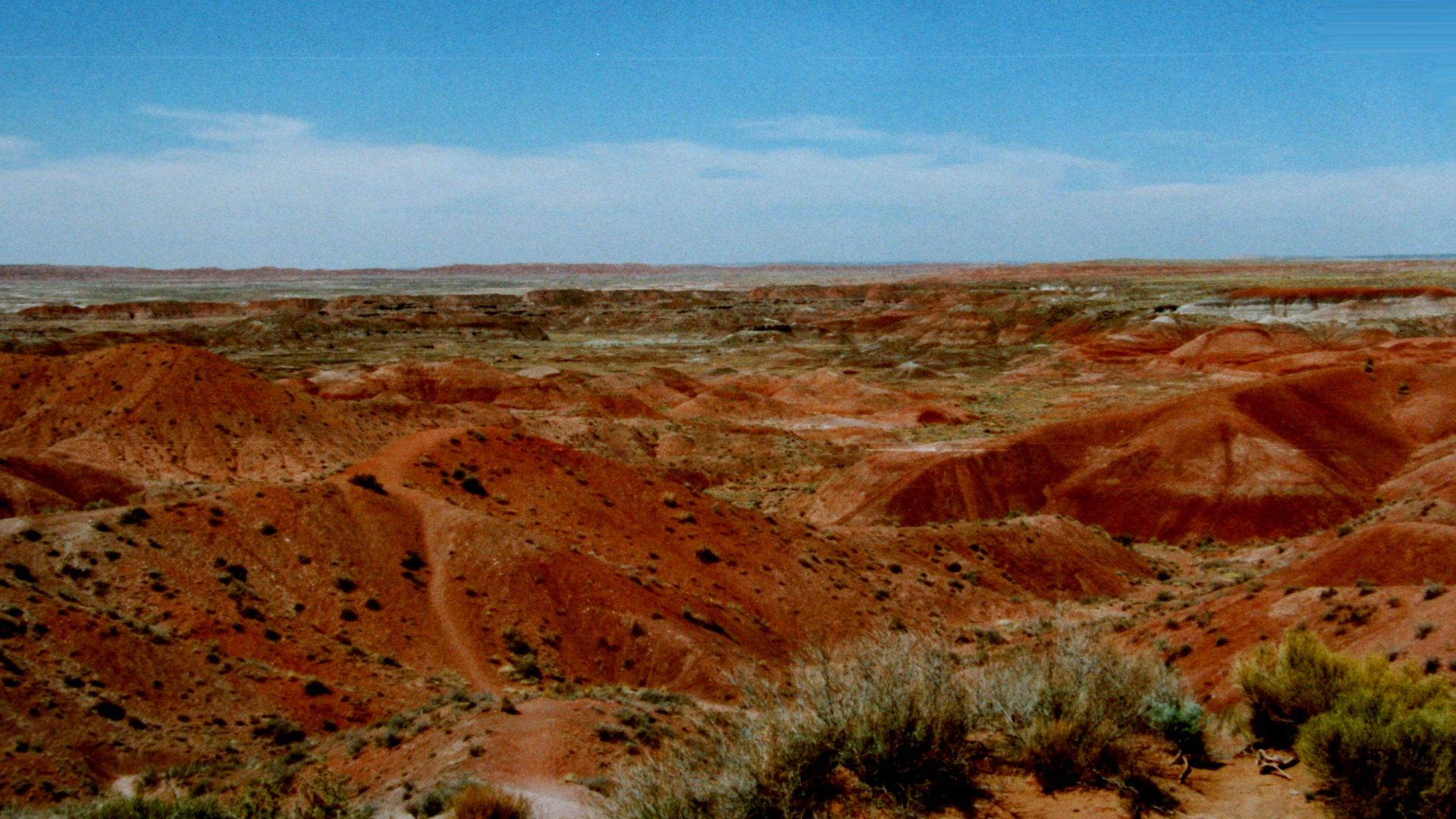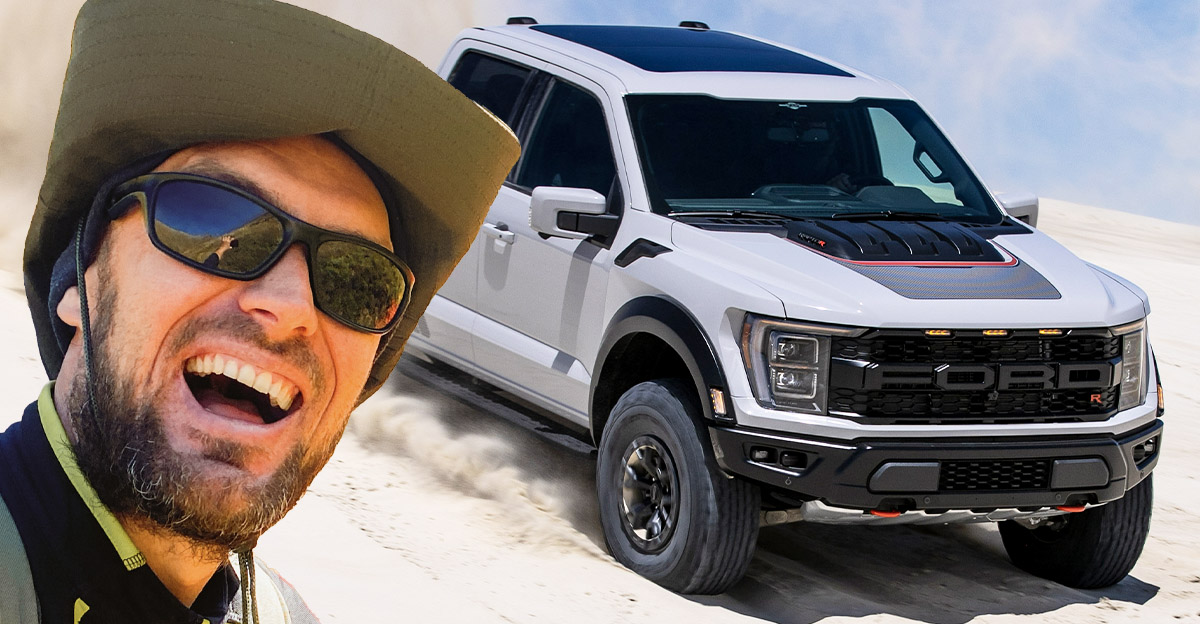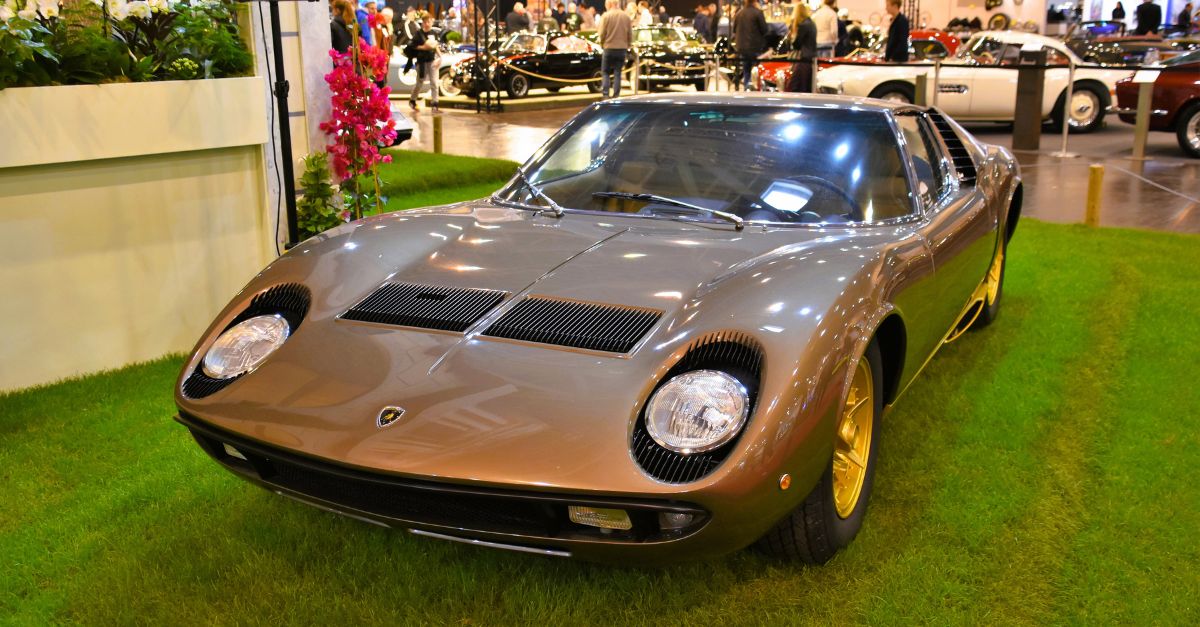The (Nearly) Official Car Brand Of America's Most Famous Road
Every car buff knows Route 66 — the “Main Street of America,” the highway of dreams that cut across the nation from Chicago to Santa Monica. But few realize that, for a brief moment in the early 1900s, the famous road almost had its very own official car manufacturer: the California Automobile Company. This is the strange, ambitious, and ultimately doomed story of how one startup hoped to put the Golden State — and Route 66 — on four gleaming wheels.

The Dream Begins In Pasadena
At the turn of the 20th century, Pasadena was buzzing with wealthy transplants, engineers, and early tinkerers in gasoline-powered carriages. It was the perfect birthplace for a dream. The California Automobile Company, founded in 1901, emerged from this heady mix of optimism and horsepower.
 Unknown author, Wikimedia Commons
Unknown author, Wikimedia Commons
When California Was Still Finding Its Identity
Before Hollywood and Silicon Valley, California’s innovation scene centered around small workshops and brass-era garages. Automobiles were the new frontier, and everyone wanted to put the West Coast on the motoring map. The California Automobile Company wanted to prove that the future of driving wasn’t in Detroit—it was out west.
The Big Promise: A Car For The Open Road
From the beginning, the company pitched itself as different. Its founders wanted to build a car specifically designed for the long, dusty highways that would one day become Route 66. The concept was simple: a durable touring car that could handle desert heat, rough gravel, and endless miles of freedom.
A Road Before The Road
Here’s the fun part — Route 66 didn’t even exist yet. But the westward dream did. The founders saw opportunity in connecting the heartland to the Pacific through dependable vehicles. In many ways, their cars were built for the spirit of Route 66 before it was even paved.
 Unknown author, Wikimedia Commons
Unknown author, Wikimedia Commons
Engineering Ambition Meets California Sunshine
The California Automobile Company’s first prototype, nicknamed The Sunset, was a marvel of its time. It featured a two-cylinder, water-cooled engine, hand-crafted brass fittings, and thick, durable tires meant for rough trails. Their slogan? “Built for the Road to Anywhere.”
The Workshop That Smelled Like Orange Blossoms
Operating out of a small Pasadena factory, the company’s dozen employees were half-mechanics, half-artists. The workshop was known for the smell of oil, hot metal, and the sweet scent of nearby orange groves — a uniquely Californian combination that set the mood for invention.
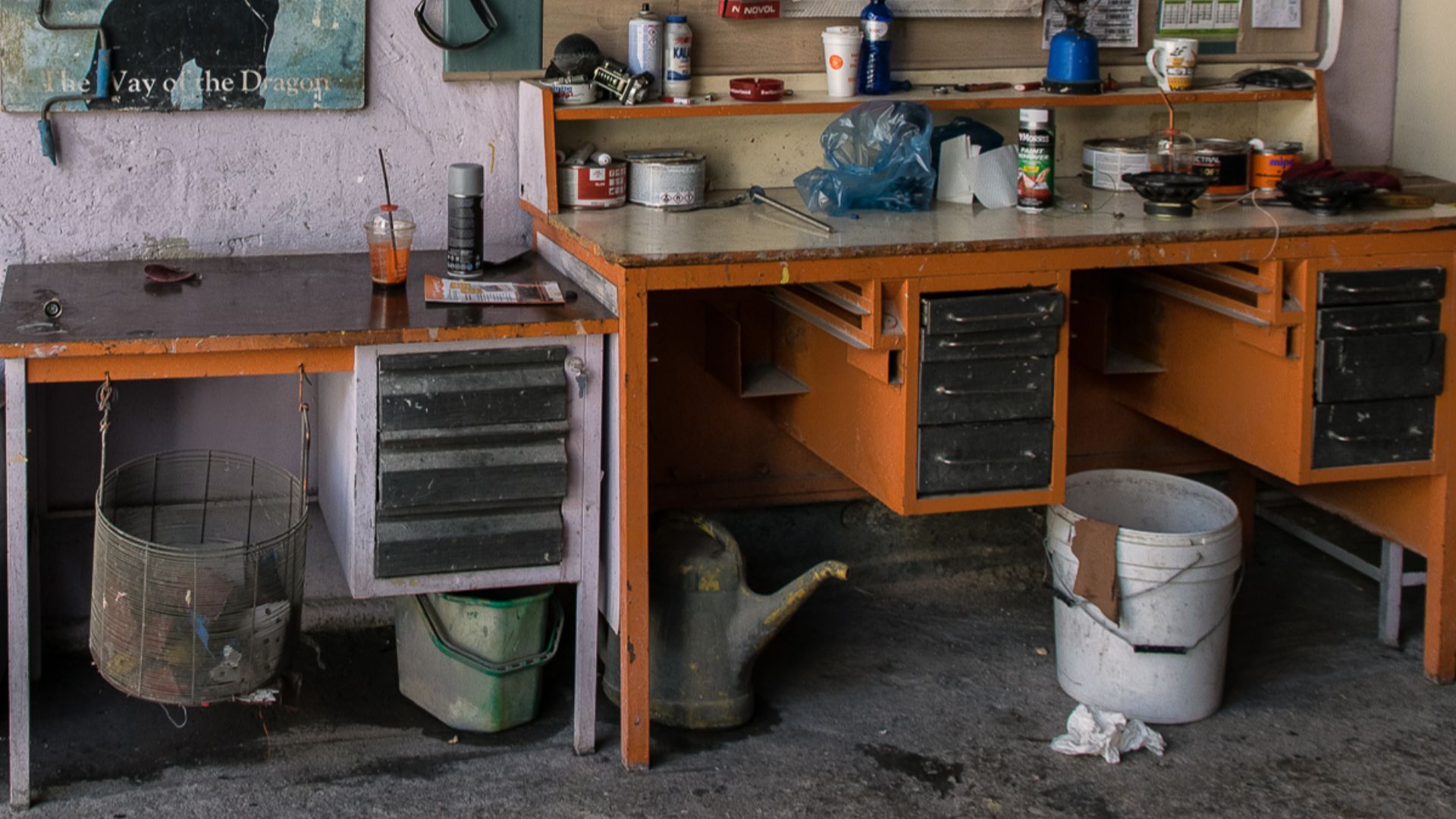 Antonis Giakoumakis, Wikimedia Commons
Antonis Giakoumakis, Wikimedia Commons
Early Buzz And Big Talk
Newspapers across California picked up stories about “the Pacific Coast’s first motor car.” Investors liked the sound of a local rival to the East Coast’s Oldsmobile and Winton. Orders began trickling in from wealthy ranchers and hotel owners eager to impress guests with this modern marvel.
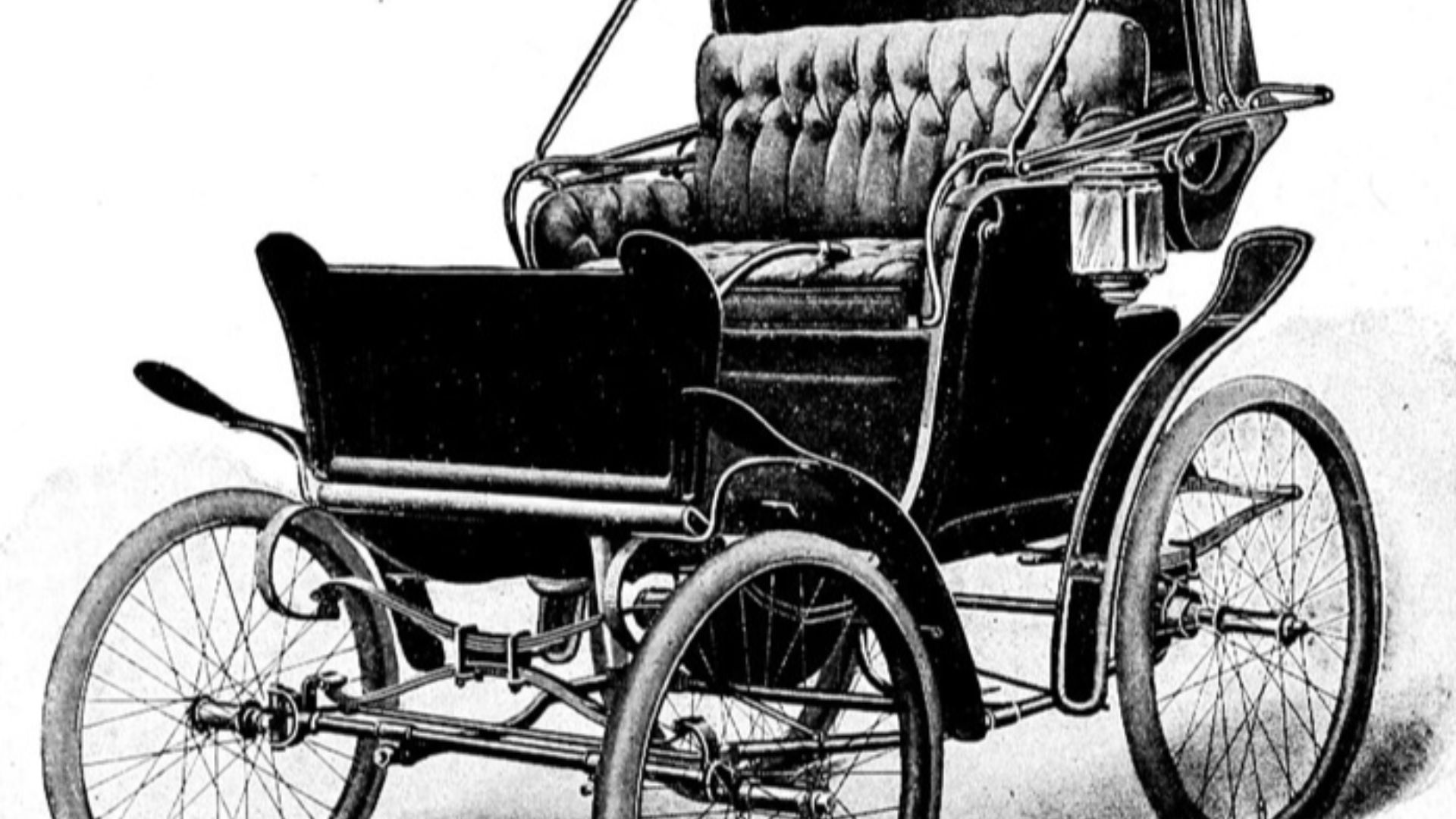 Kensington Automobile Manufacturing Company, Wikimedia Commons
Kensington Automobile Manufacturing Company, Wikimedia Commons
The First “Route 66” Test Drive
In 1902, the company staged a long-distance endurance test, driving one of their tourers from Pasadena to Needles — roughly tracing what would later become Route 66. The trip took days, involved multiple tire blowouts, and several encounters with bewildered horses, but it worked. The car finished the journey under its own power, making headlines statewide.
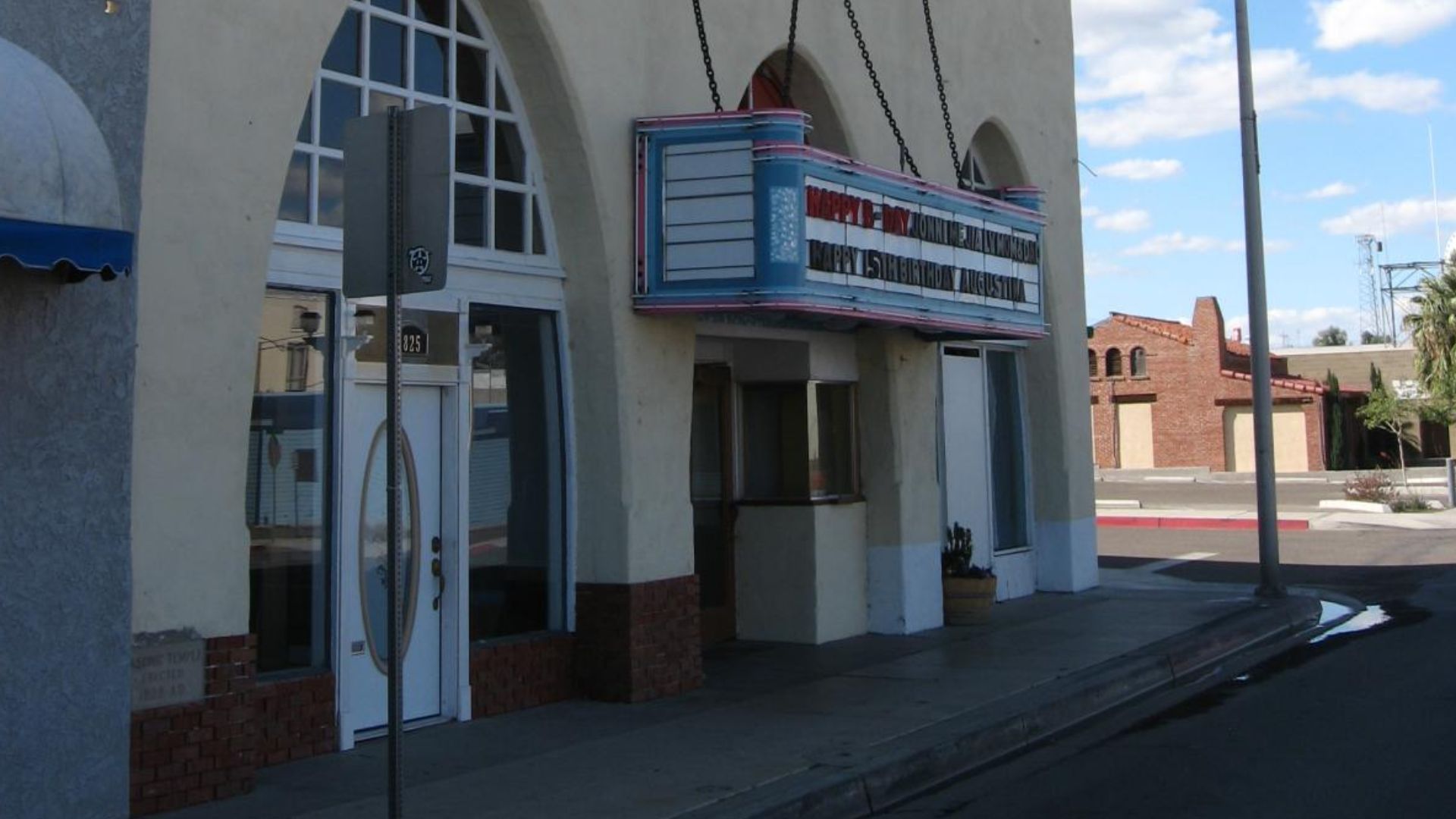 Ken Lund from Reno, Nevada, USA, Wikimedia Commons
Ken Lund from Reno, Nevada, USA, Wikimedia Commons
The Dreamers Behind The Wheel
The key figures were George B. Dyer, an engineer with a flair for showmanship, and James “Jimmy” Eckert, a salesman who could charm a snake. Dyer designed; Eckert sold. Together, they embodied the Wild West spirit of early American entrepreneurship — half genius, half gambler.
The California Car’s Secret Ingredient
What made their car special was its suspension — a clever leaf-spring setup designed to handle California’s brutal dirt roads. It wasn’t fast, but it was smooth and reliable, perfect for long-distance travel before the term “road trip” even existed.
 Rankin Kennedy C.E., Wikimedia Commons
Rankin Kennedy C.E., Wikimedia Commons
A Badge Of Sun And Speed
The company’s emblem — a rising sun over a wheel — captured its ambition. California wasn’t just a place; it was an attitude. The founders marketed their car as “sun-born,” a symbol of progress in motion, gleaming with optimism.
Trouble On The Horizon
But optimism couldn’t pay bills. Building cars by hand was expensive, and the company’s price point — around $1,200 (a fortune in 1902) — limited its buyers. Meanwhile, back east, Ford and others were developing cheaper, standardized production techniques that would soon crush small competitors.
The Route To Ruin
By 1903, the California Automobile Company was running on fumes. Investors began pulling out, and suppliers demanded payment. The company’s plans for a second model, a six-cylinder luxury car, were shelved indefinitely.
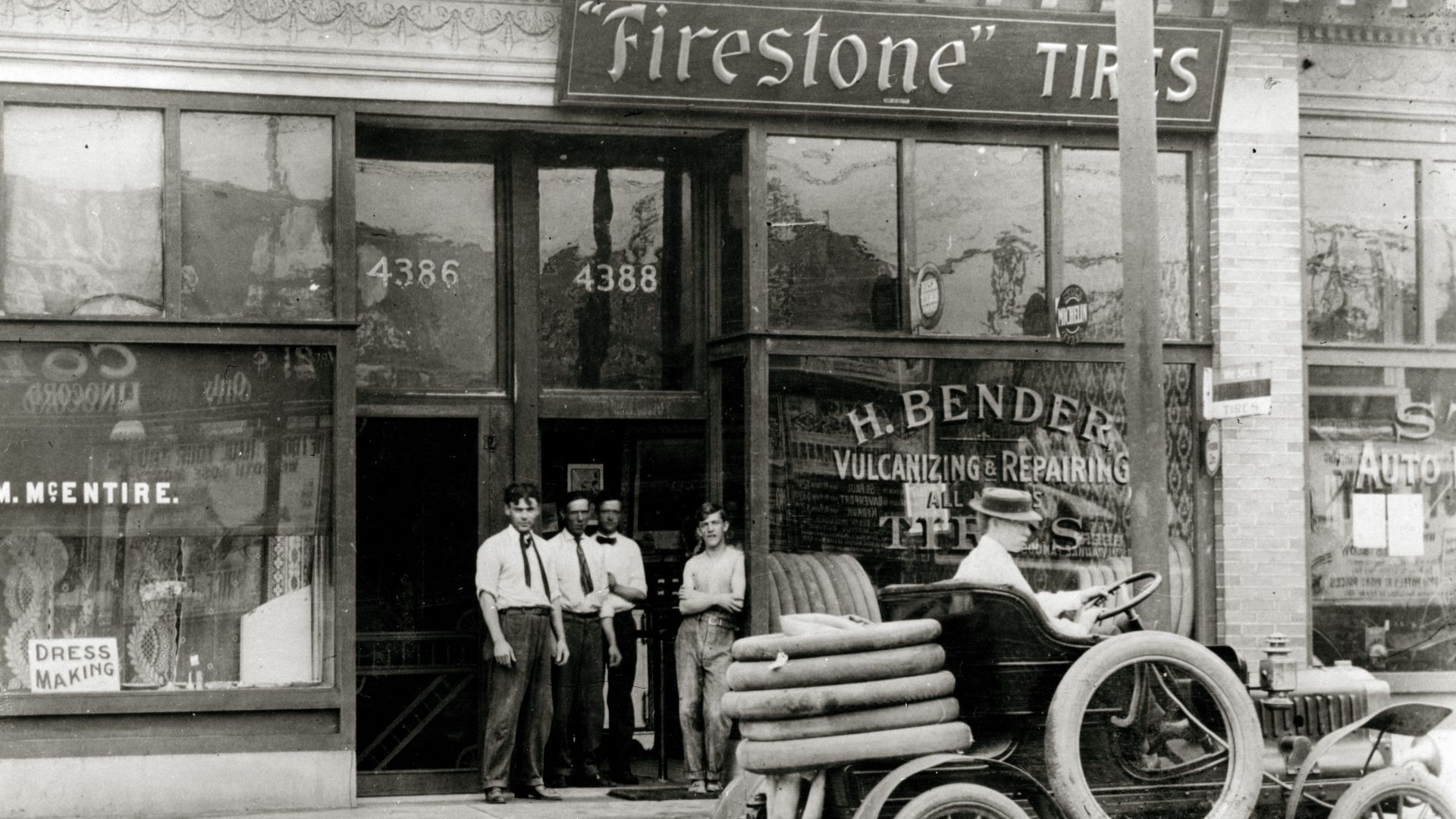 Unknown author, Wikimedia Commons
Unknown author, Wikimedia Commons
When The Sunshine Turned To Shade
In 1904, a factory fire dealt the final blow. The blaze destroyed nearly all the company’s records, parts, and prototypes. Though rumors swirled that it was arson (some said a rival factory worker did it), the truth was lost to the ashes.
 David Dixon , Wikimedia Commons
David Dixon , Wikimedia Commons
The Final Ride
By the summer of 1904, the California Automobile Company officially dissolved. Its founders faded into obscurity. Dyer reportedly went on to work for Studebaker, while Eckert tried his hand at selling motorized bicycles — another short-lived venture.
What Survived The Fire
Miraculously, one vehicle — the test car known as The Sunset — survived. It was later discovered in a barn outside Barstow in the 1950s, coated in dust but mostly intact. It now sits, lovingly restored, in a small Route 66 museum, a relic of California’s first attempt at car glory.
 G F from USA, Wikimedia Commons
G F from USA, Wikimedia Commons
How Route 66 Became Its Spiritual Heir
Though the company died young, its dream lived on. When Route 66 was officially designated in 1926, it embodied the exact ideals that fueled Dyer and Eckert’s imagination: freedom, exploration, and the promise of the open road.
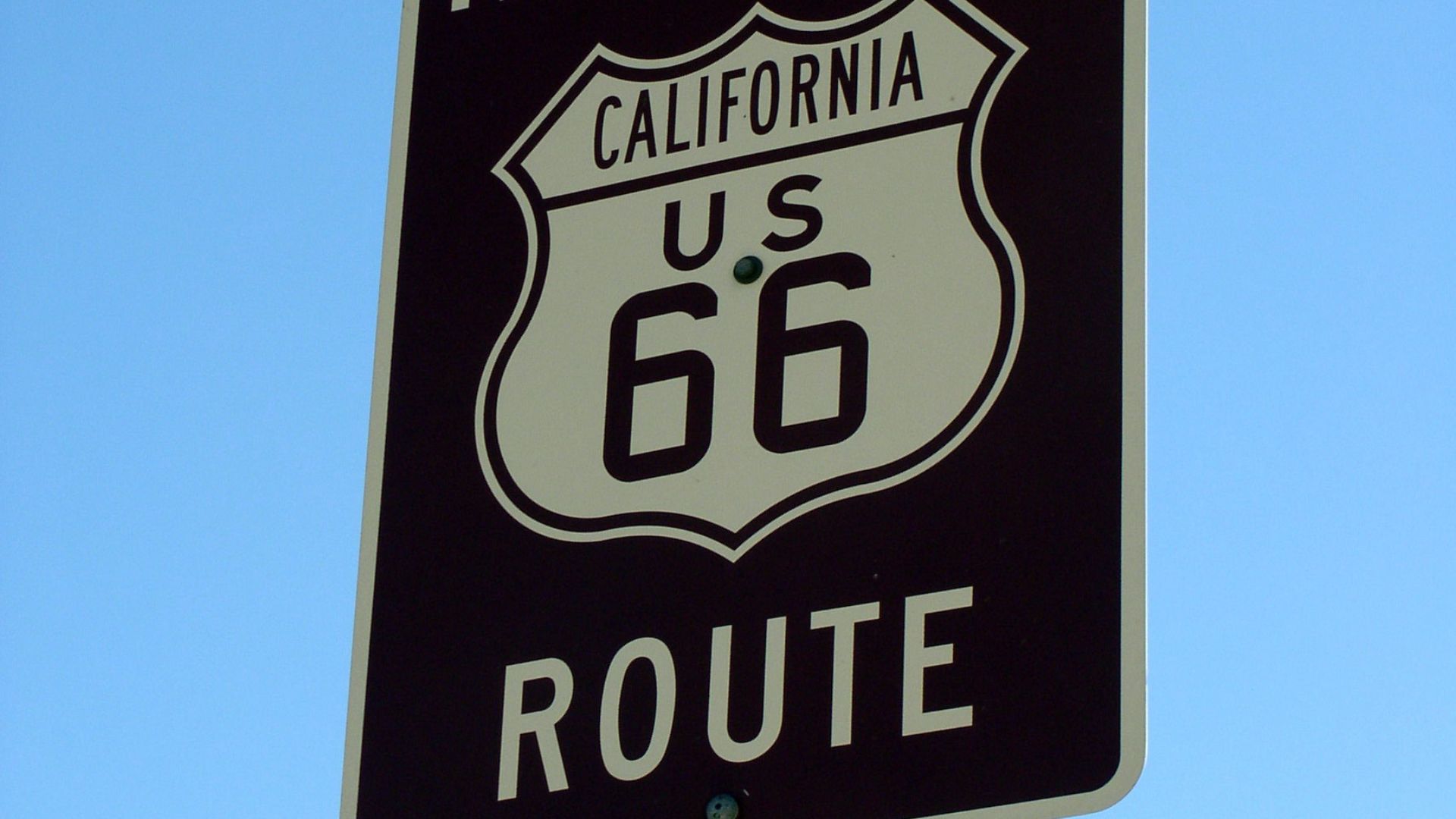 debaird from So California, Wikimedia Commons
debaird from So California, Wikimedia Commons
The Ghost Brand Of Route 66
In the decades since, car historians have dubbed the California Automobile Company the “ghost brand of Route 66.” It’s the brand that never got to live in the age it was meant for — a premonition of America’s coming love affair with the highway.
California’s Forgotten Contribution To Motoring
While Detroit gets all the credit, the Golden State was quietly helping shape the car culture we know today. The California Automobile Company may have failed, but its influence can be traced through early touring culture, westward marketing, and the birth of motoring tourism.
A Lesson In Timing
Had the company survived a decade longer, it might have thrived. The growing network of paved highways, the postwar migration westward, and the rise of car culture would have made the California Car a household name. But they were simply too early — victims of their own vision.
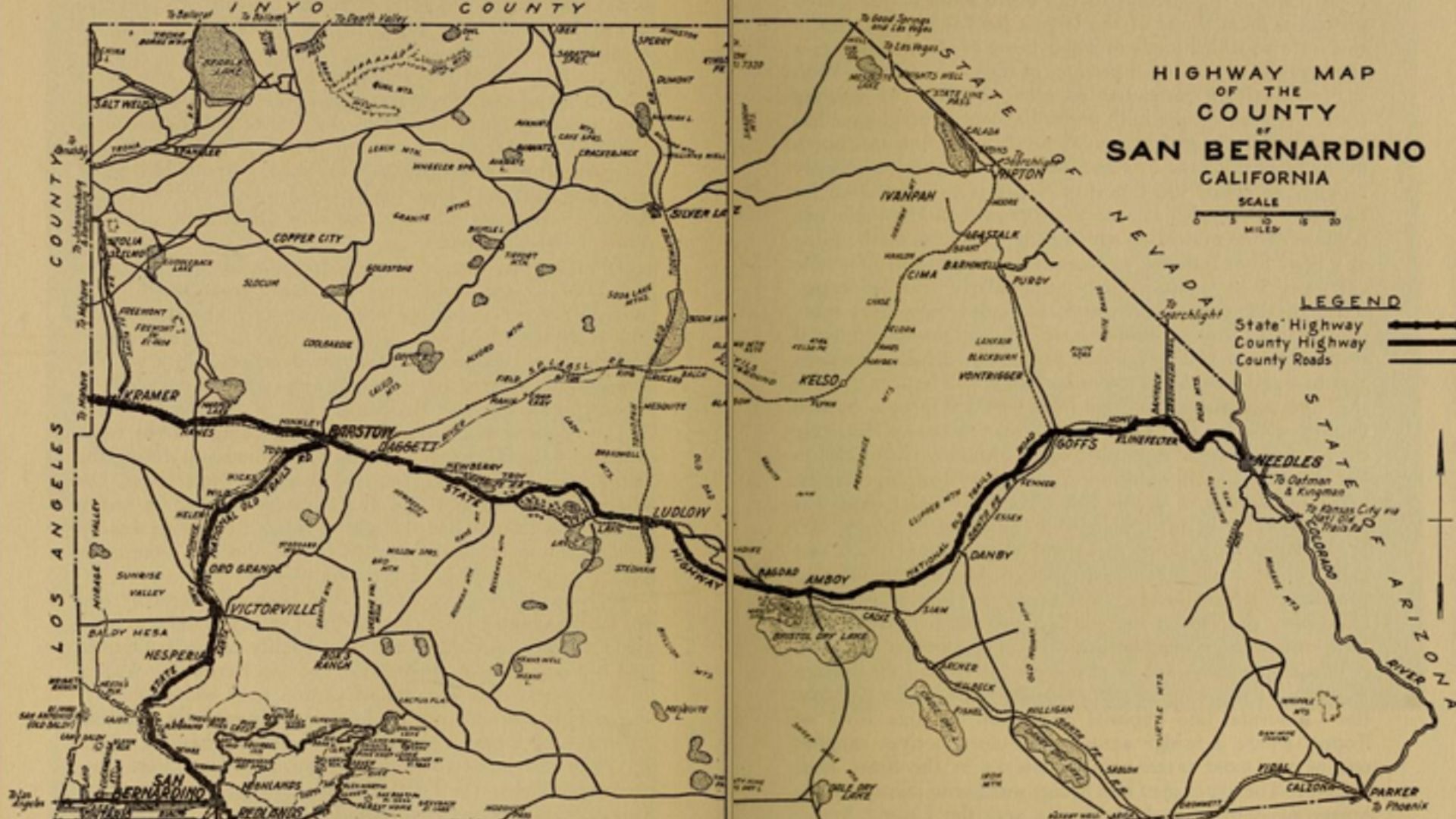 Blow, Ben, 1868-, Wikimedia Commons
Blow, Ben, 1868-, Wikimedia Commons
Collectors Still Dream
Today, collectors and historians hunt for traces of the company — sales brochures, badges, or blueprints. Each discovery adds another piece to the puzzle of what might have been the first “official car of Route 66.”
Legends Along The Highway
Old-timers along Route 66 sometimes tell stories of a “California Car” still roaming the desert highways at dusk — a ghostly brass-era machine glinting in the setting sun. Whether real or myth, it’s part of the folklore now.
 John Phelan, Wikimedia Commons
John Phelan, Wikimedia Commons
Why This Story Still Matters
The California Automobile Company’s rise and fall captures the spirit of early American innovation: reckless, hopeful, and impossibly ambitious. It’s a reminder that even failures can leave tire tracks in history.
The Road They Paved Without Knowing It
Every time a classic car cruises Route 66 — a ‘57 Chevy, a Ford Model A, or a gleaming Thunderbird — it’s following a path the California Automobile Company once dreamed of conquering. Their vision helped shape the romance of the road itself.
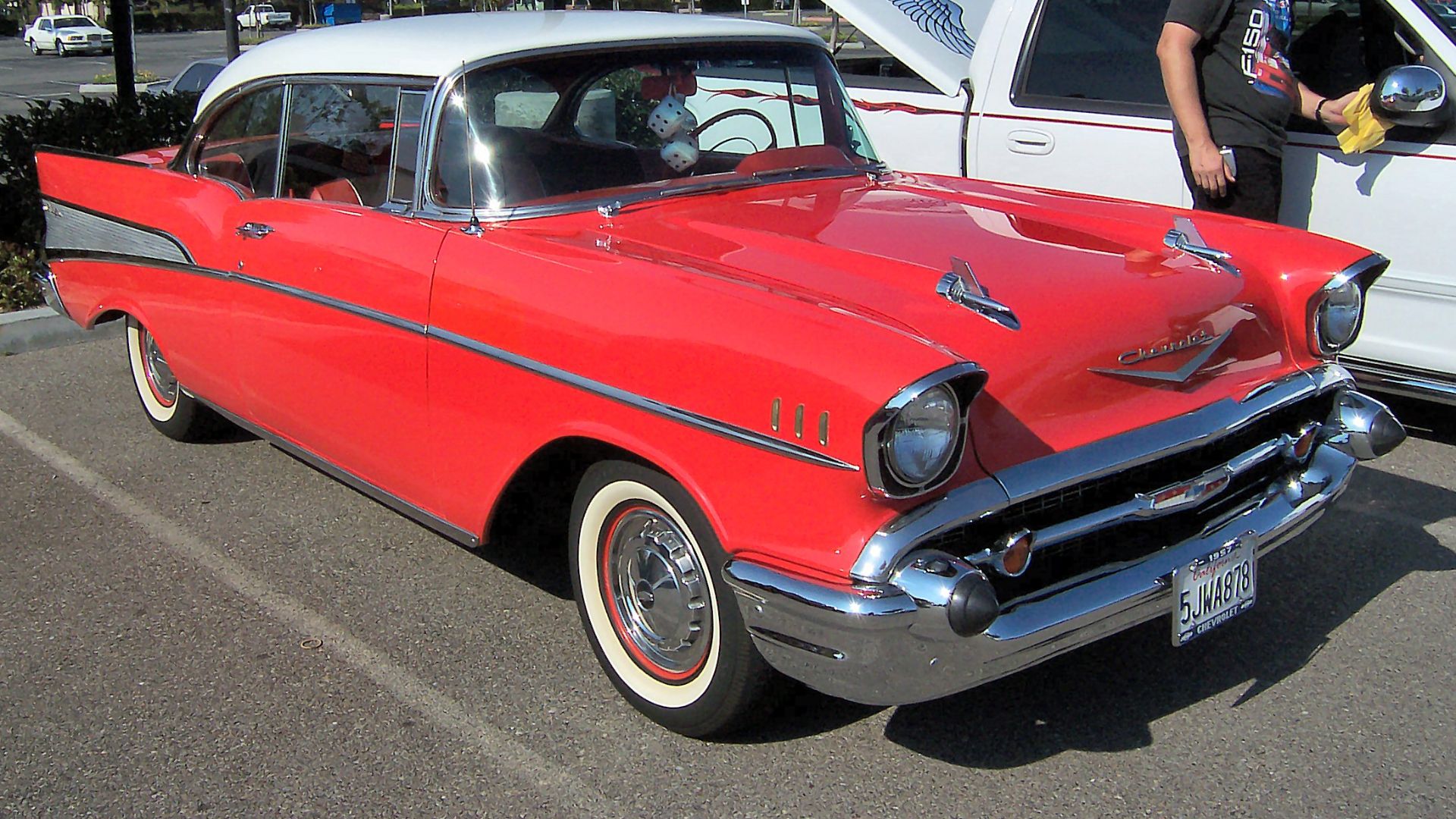 User:Morven, Wikimedia Commons
User:Morven, Wikimedia Commons
The Car That Never Got Its Road
The California Automobile Company may have vanished, but its story remains a perfect Route 66 tale — full of adventure, failure, and sun-soaked dreams. They built for the “road to anywhere,” and while their road ended early, their spirit drives on every time someone hits the highway with the windows down and the horizon calling.
You May Also Like:
Cars Where Engineers Lost Their Minds In The Best (And Worst) Ways Possible
Overpriced Classic Cars That Don’t Live Up To The Legend
Nobody Realizes There's A Toyota Engine Powering These Non-Toyota Cars

